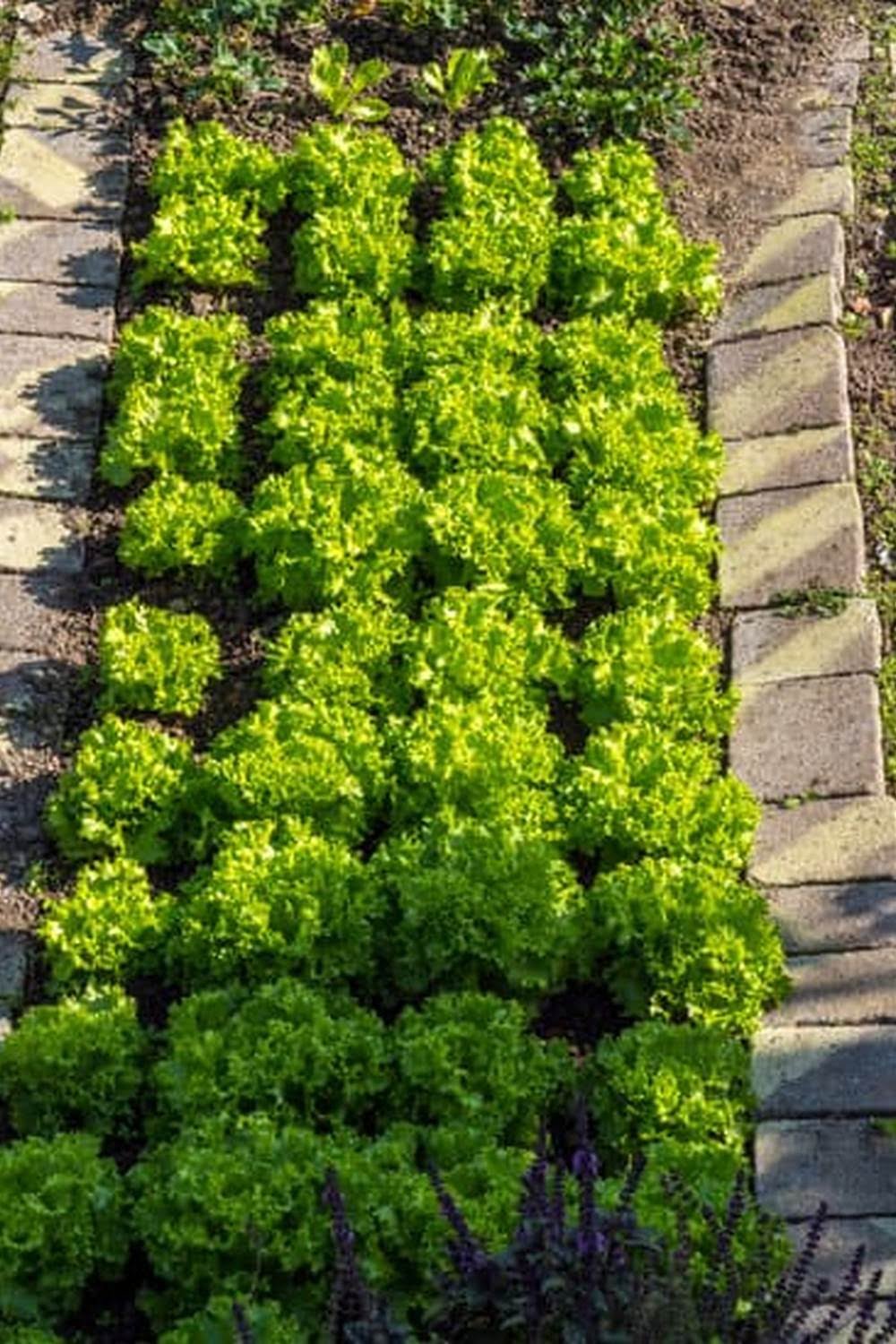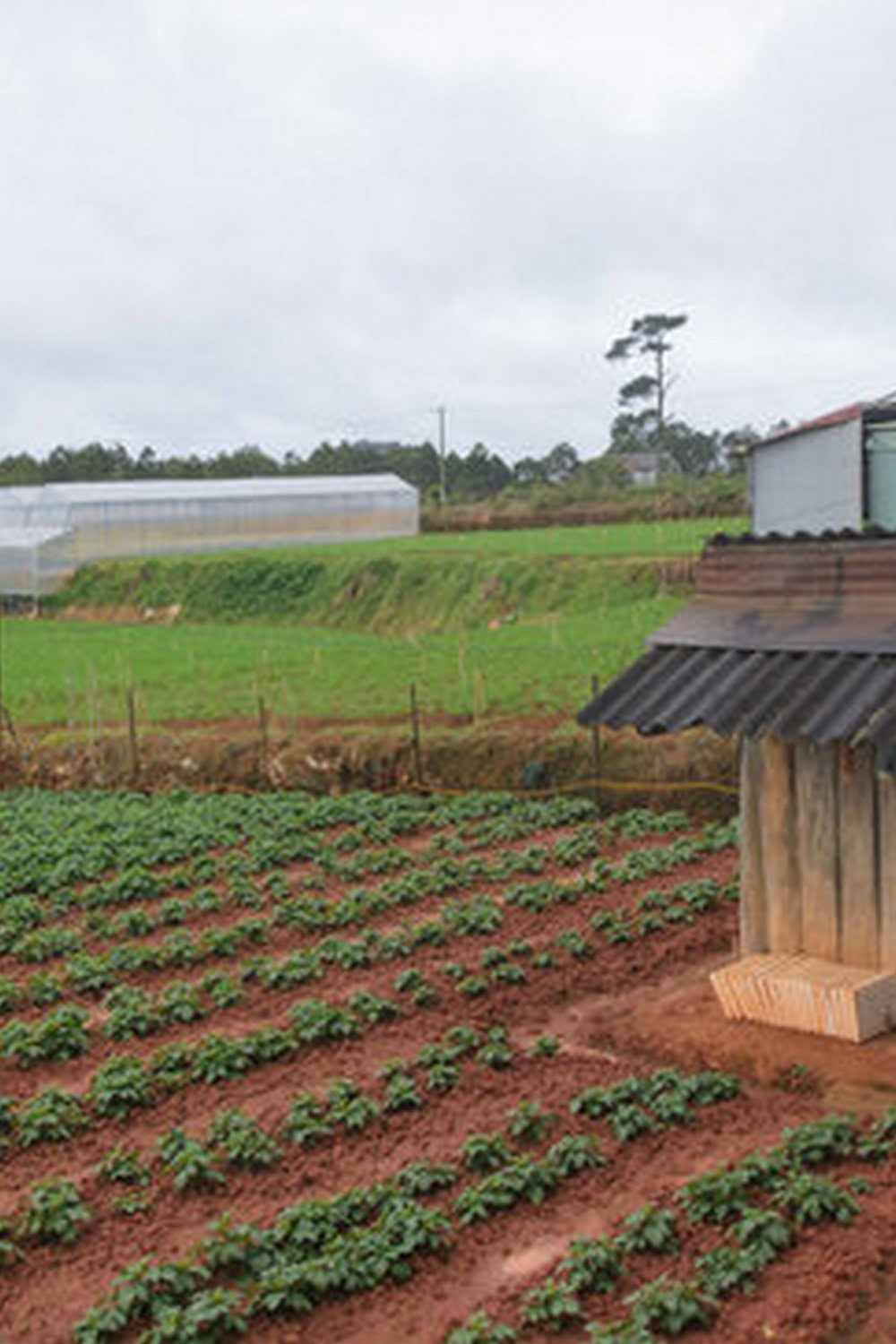Introduction
Raised metal vegetable garden beds offer a range of advantages. Not only do they look attractive, but they also provide a practical environment in which to grow your plants and vegetables. These beds are easy to install, come in a variety of sizes, styles, and colors, and are incredibly durable and reliable. Additionally, metal beds promote good drainage and the ability to elevate plants off the ground for better air circulation. This makes them ideal for harvesting larger crops with very little effort. Furthermore, metal garden beds can be used on uneven or sloped terrain, providing more options as well as greater stability when it comes to planting vegetables in locations where other types of gardens wouldn’t thrive. With raised metal beds you also don’t need to worry about pests like snails or slugs invading your vegetables; the metal’s natural drainage helps keep them out while still providing enough moisture levels necessary for growth. Finally, these kinds of beds last longer than wooden boxes because they won’t rot over time due to weather exposure or insect infestation.
Get to Know the Design
Raised metal vegetable garden beds are an excellent choice for homeowners who want to ensure that their crop has maximum exposure to sunlight, is protected from disease and pests, and also contains the ideal growing conditions. This type of garden bed is made up of a series of metal walls or frames which are placed on top of pre-existing soil or a freshly worked foundation. The metal frames have gaps between them where soil can be added to form raised beds. Inside these raised beds, one can plant all sorts of vegetables as well as other ornamental or edible plants.
The components of raised metal vegetable garden beds fall into two main categories: materials and design features. The materials used may vary depending on the user’s needs, but usually consists of galvanized steel planks or wire mesh panels that wrap around the structure. Aside from the height of the panels, it is important to consider the material’s corrosion resistance, UV-protection capabilities and its ability to retain heat in order to maximize your crop’s yield.
In terms of design features, raised metal gardens often feature gates for access purposes, trellises for added stability and support for climbers like tomatoes, cucumbers and melons; sloped topside edges to discourage weeds; holes at each corner post allowing rainwater drainage; and optional caps or flagstones along the edge providing attractive finishes to your garden’s sides. Additionally, in order to create a more ideal environment for your vegetables and plants, soil additives such as fertilizers, composts or mulches can be incorporated into soil before planting commences. With these considerations taken into account when constructing a raised metal vegetable garden bed you can ensure healthy growth in whatever May choose to grow!
Creative Ideas
When incorporating raised metal vegetable garden beds into your garden design, consider color and shape. Choose raised beds with interesting shapes like hexagons or cubes. Utilize bright colors to create a pop of visual interest and contrast in the landscape. If you are looking for an added level of protection from the elements and a more durable material, consider galvanized steel in neutral tones for a sleek finish.
Creativing employing mixed media is also an option to liven up the look of your vegetable garden beds. Incorporate other materials such as natural stone, wood, terracotta, plant-covered cob walls, or cinderblocks for an attractive blend of texture and pattern. Edge paths and ant beds with thematically consistent paver stones or terra cotta planter edging for a cohesive touch in the landscape.
To maximize space within smaller yards, opt for vertically orientated raised aluminum bed frames that can be hung on walls or ceiling heights on patios or balconies where they are easily accessible and require minimal upkeep. Or incorporate elevated options suspended on wheels so they can be moved around easily as needed. This allows one to customize their garden design according to sun orientation, wind movement, and available space without having to reconfigure one’s current layout each season when temperatures shift and preferences change.
Installation and Maintenance
Installation:
It is important to consider your location when installing raised metal vegetable garden beds. Install the beds in an area that receives at least 6 hours of sunlight each day, as this will help ensure the vegetable plants inside have enough exposure to light. Be sure the ground beneath the bed is level and free from roots or rocks before installation – this will help limit issues with drainage or uneven soil depth.
When you are ready to install the raised garden bed, place it in the desired spot and make sure that it is secure by anchoring it with stakes driven into the ground. Then, line the bottom of the bed with newspaper or a weed-preventing fabric layer before filling with soil and compost mix. Plant your seeds according to their instructions and water regularly for best results.
Maintenance:
To ensure healthy plants all season long, routine maintenance of your raised metal vegetable garden beds must be practiced. This includes regular checks for pest infestations such as aphids, spider mites and fungal diseases like powdery mildew (which can all harm your vegetables). Remove any affected vegetables from the bed immediately if signs of an infestation appear.
Fertilizing should also be done regularly, either during planting time or after harvest (depending on seasonal timing). Inorganic fertilizers such as bone meal or fish emulsion can help replenish nutrients your plants may need throughout their lifespan in order to give them a boost and produce superior quality yields. Additionally, keep mulch around your plants as it not only helps reduce weeds but also acts as insulation which helps promote faster growth during hot weather months.
Must-Have Factors
When purchasing raised metal vegetable garden beds, there are several factors that need to be considered. The size of the bed should be considered as it will determine which plants can fit in the bed and also how far away they must be planted in order to give each plant enough room to grow. If planting an array of different vegetables, a larger bed might work better as it can accommodate a wider variety of plants. Likewise, if a taller variety of vegetable is chosen then a deeper raised bed would be beneficial.
The material of the beds should also be looked into; for example, thick gauge steel will last longer than thin gauge steel, meaning the beds need less maintenance over time. Galvanized steel is another type of material that is becoming increasingly more popular due to its strong resistance to rusting and corrosion – this should especially be taken into consideration when purchasing outdoor beds where moisture levels and temperatures may vary considerably throughout the year. Additionally, depending on what type of veggie garden you are aiming for, various aesthetic designs may range from traditional shapes such as square or rectangular to cylindrical or even novelty shapes such as keyholes or ovals.
The height at which the bed sits should also play an important role in your decision; this will affect how easy it is to access the contents inside the bed without having to bend down too far – tall people may find shorter beds more suitable than those who have difficulty bending down or reaching higher up ground level. Similarly, wheels on some models are available that allow time-strapped gardeners to easily move their raised vegetable gardens around with minimal effort (this feature is especially handy for growing root vegetables or any vegetables which require seasonal moving). Finally, consider any extra features that may come with certain models – these could include shelves for additional storage space or hangers for holding gardening tools close by while tending your crops!
Extend the Life
1. Make sure to keep your raised metal vegetable garden beds free of weeds, as they can compete with other plants for nutrition and moisture and can attract pests. Hand-pulling the weeds or using a low-toxicity herbicide, such as vinegar or soap spray, will help in keeping them at bay.
2. Pests and diseases can threaten the health of your vegetables, so use natural pest management strategies, such as companion planting and using disease-resistant varieties when selecting seedlings/seeds.
3. Ensure that your soil is kept moist and well-draining by providing adequate irrigation. With raised beds it’s easier to manage water levels since you start with clean soil – apply a few inches of mulch on top to retain moisture and limit weeds.
4. Maintain optimal nutrient levels in the soil by adding compost regularly to deliver essential minerals and increase plant productivity; this also prevents container soils from becoming too compacted due to weather conditions or water over time.
5. Keeping your harvested garden beds free from debris, rotten veggies, old flower heads etc., will help in avoiding problems such as infestations of unwanted insects or other microorganisms which may harm the health of your garden beds in the long run.
6. Utilizing protective covers for extreme conditions during winter months helps reduce frost damage across colder climates; this includes covering them prior nightfall during colder months to protect from extreme temperatures during dawn hours that occur most times during winter periods.
Summary
Raised Metal Vegetable Garden Beds offer a unique and efficient solution for growing fruits, vegetables, and herbs. These innovative garden beds provide many advantages over the traditional in-ground method of planting. Raised Metal Vegetable Garden Beds are easy to install and maintain, providing years of use with minimal effort. With a wide variety of styles, sizes and colors available, these versatile beds will help you create the perfect outdoor space for your gardening needs.
The most obvious benefit derived from using raised Metal Vegetable Garden Beds is that they provide superior drainage compared to traditional in-ground planting methods. This is because the metal walls act as barriers to prevent waterlogging, while still allowing adequate moisture levels to reach the roots. The elevated height of the beds also prevents water from collecting around the plants’ roots when it rains heavily, which can lead to root rot problems. Furthermore, their elevated height can make harvesting produce much easier on your back and knees!
Other benefits associated with raised Metal Vegetable Garden Beds include protection from pests such as rabbits or deer who might otherwise be able to access your crops in an unprotected plot. And by having multiple raised bed setups side-by-side, you can easily rotate your crops each season which increases plant diversity, improves soil health and reduces soil-borne diseases from reoccurring annually.
In addition to these advantages, these vegetable gardens are also incredibly durable. Not only are they built out of rustproof metal materials but they also have powdercoating options that ensure long lasting usage outdoors without corroding or fading in color due to UV rays or rainwater contact. Furthermore, with heavy duty galvanized hardware holding together the frames —they can hold up even during harsh spring storms or high winds that might damage less sturdy constructions out there! Overall, Metal Vegetable Garden Beds can offer a great return on investment since you don’t need too much maintenance and won’t need replacements for years!

If you’re looking to get into vegetable gardening, or are just looking for some tips on how to make your current garden better, then you’ve come to the right place! My name is Ethel and I have been gardening for years. In this blog, I’m going to share with you some of my best tips on how to create a successful vegetable garden.





